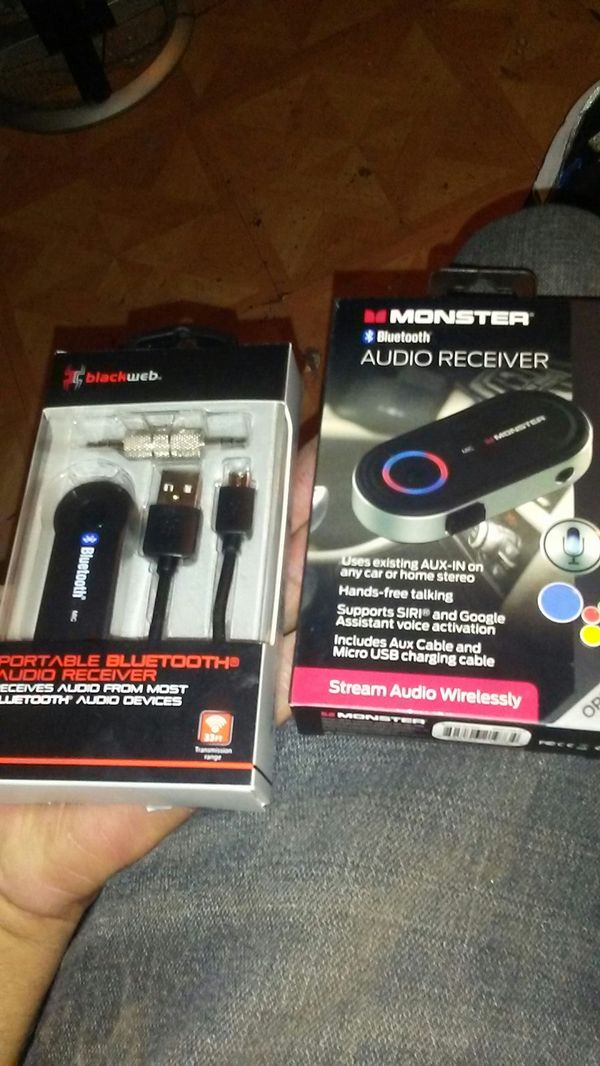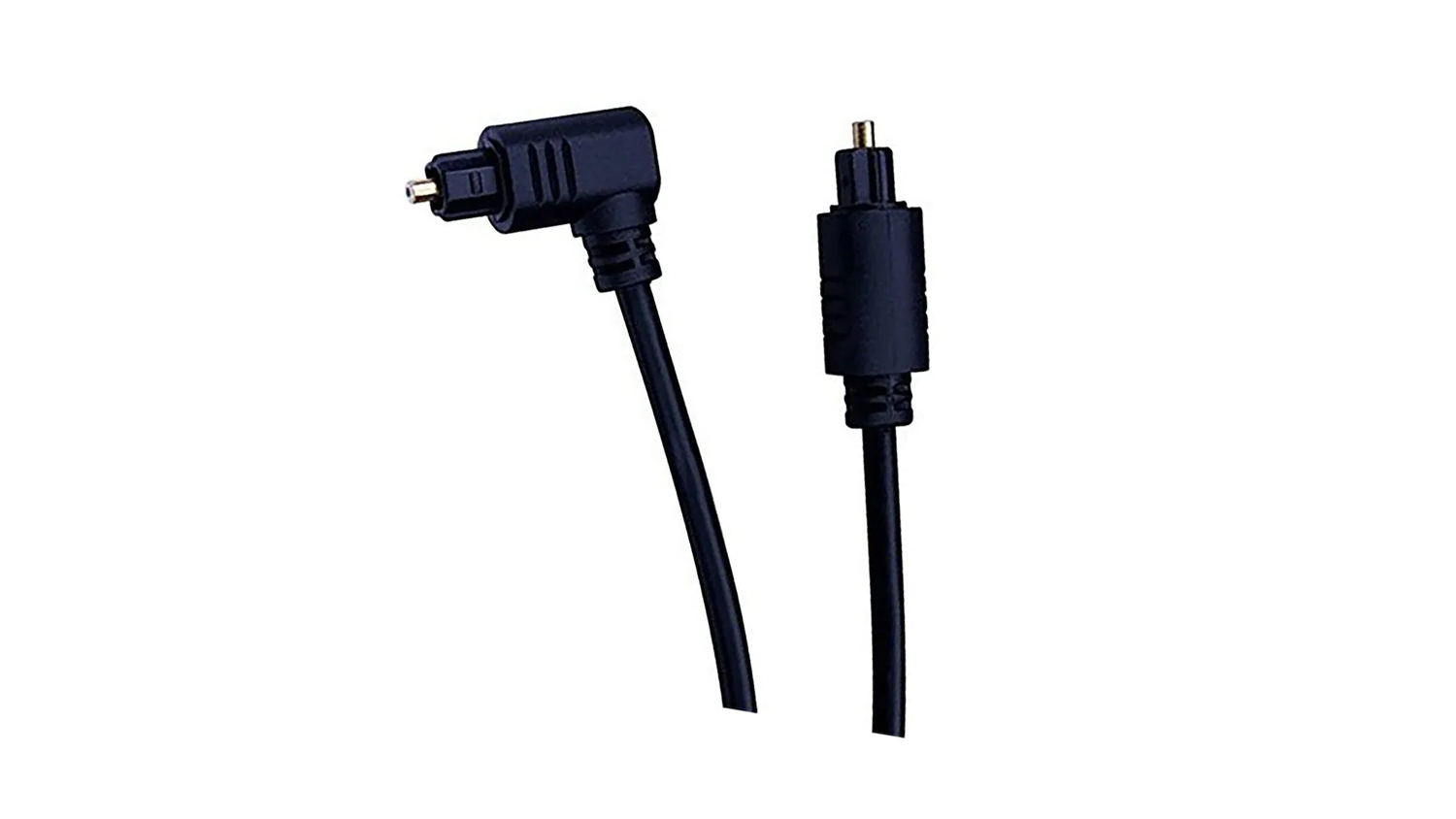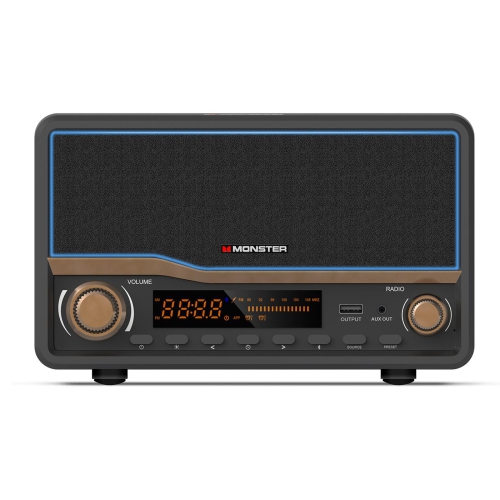

The entire top includes your touch input for most functions of the speaker in addition to an NFC pairing point for phones that support it. The top of the S1 is really pretty slick. That really only leaves the top of the device to talk about. The base has a female threaded port in case you’d like to mount the S1 somewhere. The sides are relatively ordinary, only showing the wider base and significantly thinner top of the speaker. Directly to the right of the flap-covered ports is the power input. Here you’ll find WPS and Mode buttons, Micro USB, AUX-in, Optical in, and USB inputs. HOW TO: Change system date in OS X from TerminalĬontinuing to explore the back of the device, you’ll find all of your wired input options as well as some setup buttons under another rubber flap at the bottom. The S1 is small enough though, that you should still be able to pick it up with one hand using different grabbing points. The S1 is the only speaker in the Soundstage line that does not have its own dedicated handle, and while the vented area might seem like a good handle replacement, I always felt awkward trying to grab the S1 in that area, and didn’t want to break anything on the speaker. Between those there is a vented area covered by a loose rubber cover. Monster did not skimp on the speakers simply because this is the smallest in the Soundstage line (but we’ll get to that later). Moving to the back of the device, you’ll immediately notice the two large circular bumps behind the biggest speakers. This is definitely a solid feeling speaker. The speaker itself has a decent heft to it, it’s a bit heavier than you’d imagine it would be. The Monster logo is adhered at the bottom in the middle of the front panel. The speaker is slightly curved with a black speaker grille covering the entirety of the front panel. While the S1 is the smallest of the Soundstage speakers, it shares many of the same design cues with it’s bigger brethren.

Monster streamcast app series#
In this Monster Soundstage S1 review I’ll take a look at how the smallest speaker in the series handles everything I could throw at it. They’ve recently released the Monster Soundstage series, a set of wireless speakers with quite a few different ways to connect. You can even stream services such as YouTube®, iHeartRadio®, Pandora® and more.We’ve had the chance to look at a few pairs of Monster headphones recently, but headphones aren’t the only thing that Monster has going on these days. You can simply stream any music service or App that you have on your phone or tablet. Unlike other systems, you don’t need a special application. If It Plays On Your Device, It Will Play On Monster® StreamCast™ Multiple StreamCast™ devices can be connected and controlled wirelessly.

Monster streamcast app free#
It’s totally ‘plug and play’, or you can just simply connect to StreamCast™ using your phone through Bluetooth®.ĭownload our free Monster® StreamCast™ App to your smartphone or tablet for complete control of all your speakers, no matter where they are in your home. Instantly shows up on your wireless network. You can hook up Monster® StreamCast™ with ultimate simplicity. Only Monster® StreamCast™ has Digital Fiber Optic inputs for incredible sound from your TV. Unlike other systems, Monster® StreamCast™ has five ways to connect: Bluetooth®, Wi-Fi, NFC™, 3.5mm Mini-Jack and Digital Fiber Optic. Designed for music fanatics by music fanatics by the audiophile team at Monster®. The incredible sound of Monster® using unique technologies.


 0 kommentar(er)
0 kommentar(er)
